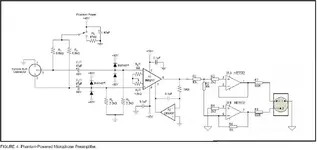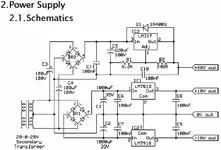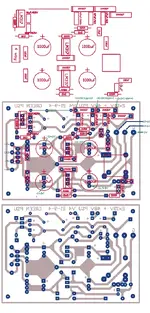tkingen
Djembes Rock
Do the different Burr Brown chips sound different? INA163, INA217, and INA103.
I have a Toft ATC-2 with the INA217 and it seems to have an immediate sound that is quick on transients. Would the other Burr Brown chips provide different flavors?
I have a Toft ATC-2 with the INA217 and it seems to have an immediate sound that is quick on transients. Would the other Burr Brown chips provide different flavors?





